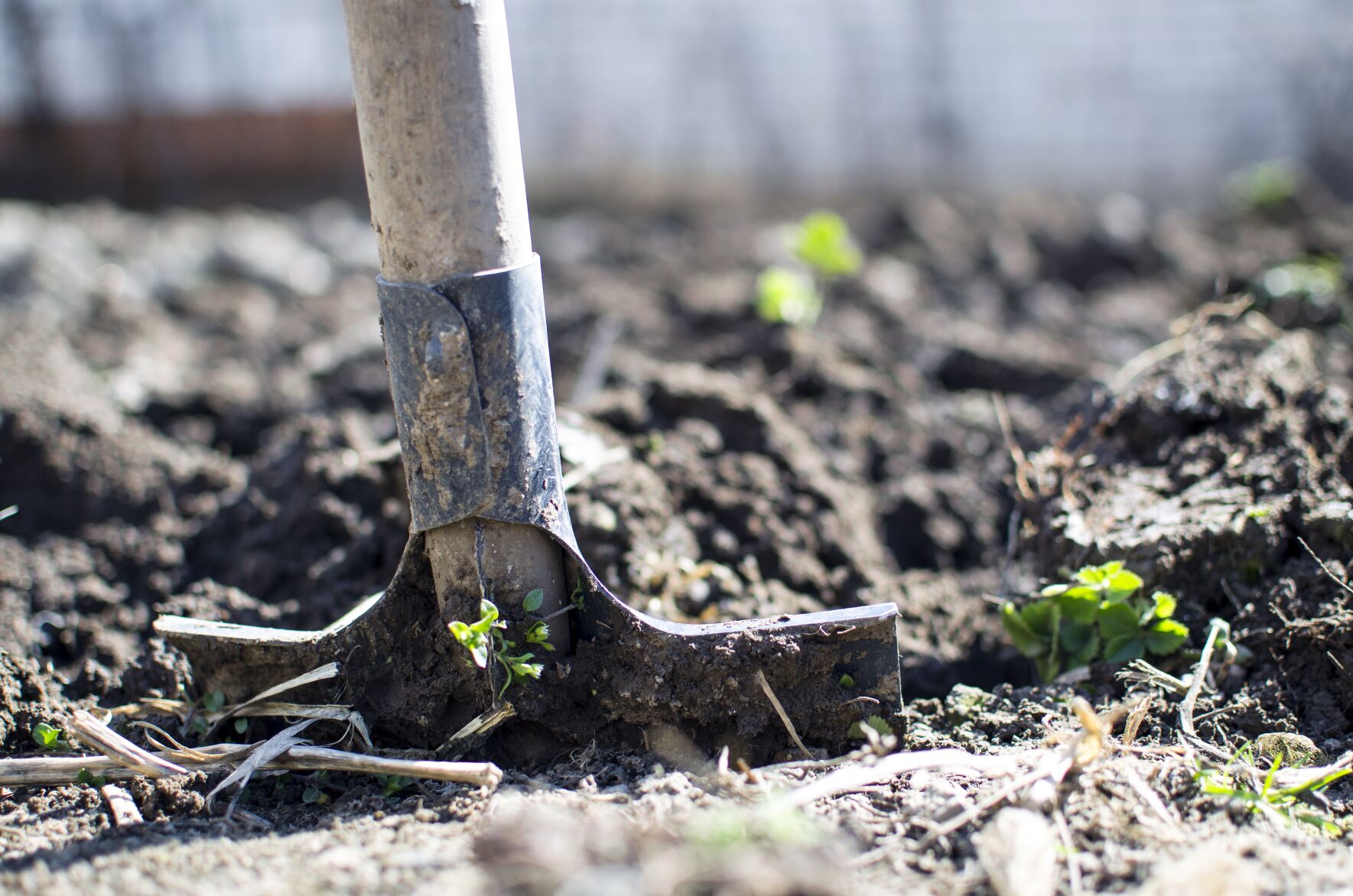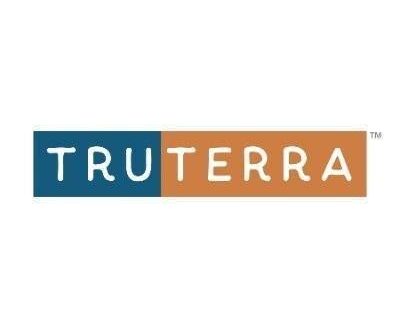Five years ago, exhibitors at the well established InfoAg conference in St. Louis—sponsored by The Fertilizer Institute since 2017—were focused on data collection from the field.
Drone companies, satellite companies, and firms retailing field sensor data and offering software analysis proliferated. Precision ag was still new and exciting, with new methods allowing large amounts of data to be collected in seconds that might have taken days or weeks before.
But as precision ag matures, the focus this year was on what is being called data fatigue. Speaker after speaker spoke of the need, not for data alone, but for results.
Troy Bolt, vice president at J.R. Simplot, gave the keynote address on the future of agriculture. Bolt was raised in Saskatchewan and lives in Idaho, where the privately held Simplot is still headquartered even as it has grown into an international agribusiness operating in more than 60 countries and employing 13,000 people worldwide.
Bolt spoke of how Simplot has organized “Ask the Farmer” councils of producers about the best ways to serve farmers into the future. One recent question that was put to these councils was, “What has changed the most in your industry in the past five years?”
The top concern was “land wars,” in which farmers find themselves competing not just with their farmer neighbors for land, but with hedge funds, equity investors, and developers. Second was the shortage of skilled labor; third was the increasing costs of production inputs and equipment; and fourth was the desire that ag retailers provide better service with their products.
All ag retail companies have had to become service providers and data managers to some extent, rather than simply selling a product category. Product providers who aren’t willing to do that will find themselves left behind, as other companies advise farmers on how to use their products to their best advantage. Bolt cited the example of once-dominant companies in their spaces that quickly became irrelevant as they refused to change—companies like retail giant Sears, Blockbuster Video, and Kodak, which actually invented the first digital camera but shelved it because the company didn’t want to threaten its lucrative film developing business.
Speaking of Simplot, Bolt said, “We don’t want to be the Sears of ag retail.” He noted that when Simplot began in 1945, it described itself as selling “weed killers” and “pesticides.” “That’s not how we position ourselves today,” he said. “Customers look to us to make their lives simpler, to deal with fewer people and fewer apps.”
During the Q&A session, some questioners echoed this theme, with one saying that some ag retail companies can focus too much on the sale and not enough on agronomy services. “New agronomy hires are taught the sales techniques, and don’t have a chance to do the agronomy they’ve trained for.”
The average age of farmers continues to increase, and companies like Simplot face the same issues. Bolt said 50% of Simplot seasonal employees are older than 60, and within the next five years, 18% of its permanent employees will be eligible to retire. “How to get younger generations engaged” in ag retail businesses and farming will be a defining issue, he said.
What is soil health—and how do we measure it?
Several of the special panels at InfoAg delved further into the issue of refining data and making it immediately usable to the farmer. Jordon Wade, a recent hire at Syngenta, spoke on “What is soil health?” He ran through some of the different tests that can be applied to soil—the Haney test, Cornell Cash, respiration/microbial activity, soil protein/glomalin, and enzyme activity. The “take-home points” from the results of all of these tests, he said, should be: 1. differentiate inherent vs. dynamic traits of soil; 2. Make sure your indicators are reliable and consistent; and 3. Be careful with interpreting data.
To illustrate the importance of careful interpretation, he gave the example of a case study using high-intensity field grid sampling to test the reliability of the Soil Health Nutrient Tool—also known as the Haney Test—to measure various nutrient pools in the soil. This test was developed by Rick Haney, a soil chemist and microbiologist at the ARS Grassland, Soil and Water Research Laboratory in Temple, Texas. The case study did indeed find a generally positive correlation between soil health and corn yields. But when the grids were broken down more precisely, results were not consistent across soil types, with some soil types showing zero or even negative correlations.
In another example, lab tests compared carbon respiration in 20 different North American soil samples. Samples from the same fields, sent to 10 different labs, got 10 different results. While analytical variability of plus or minus 5% is attainable, said Wade, “Between-lab variability can still be substantial.”
A third case study found a consistent relationship between soil carbon and greater yields—but also found that the correlation leveled off past a certain point, indicating a peak soil content of 2.5% carbon, or 5% organic matter. “More is not always better,” Wade concluded.
The plant is the sensor
Nathan Faleide describes himself with tongue in cheek as an “appropriately cynical ag tech expert.” He grew up on a farm in North Dakota and joined his family’s business in providing satellite field data to farmers. Besides doing precision ag consulting, Faleide founded Boundri, a company providing map-based printed products. His Substack newsletter, Easy Observations, (easyobservations.com) explores how agriculture works together with earth observation.
Most of Faleide’s presentation consisted of provocative questions about how much data ag producers need and what they are doing with it. Faleide discussed the various kinds of soil probes and tests. Many companies only test soil 6 inches down, he said, which may not tell you everything you want to know about your soil. Electro-conductivity tests are “cool,” but contain gaps. Regarding drone data, he said, “The data is great, but what can we do with it? Do we need a granular scale?” A type of soil analysis called hyperspectal analysis can cover 100 spectrum bands of information, but, Faleide joked, “We barely know what to do with four bands.” With thermal analysis, he asked, “Do we really know what a plant is showing us if it is hotter or colder in a large environment?” Synthetic aperture radar can see through clouds, but it sees plants differently than other methods.
Sign up for HPJ Insights
Our weekly newsletter delivers the latest news straight to your inbox including breaking news, our exclusive columns and much more.
Ultimately, “the plant itself is the sensor,” said Faleide. “Our sensors are just recording devices.”
Ground truthing
That theme was echoed in another presentation by Brian Arnall of Oklahoma State University, a precision nutrient specialist. Titled “The challenge of blindly adopting new sensors: Why there is a delay in new tech adoption?” Arnall’s presentation, like Faleide’s, had more questions than answers about sensors, especially those that try to replace lab analysis. Sometimes, he said, “the marketing can get ahead of the agronomy.” Sensors have to be calibrated to account for specific soil conditions.
“In the same field, you can get 10 different sensor companies with 10 different answers,” he said, echoing what Wade said about different labs. “Yield prediction data from one field may apply only to that field. There are 15 wheat algorithms for Kansas and Oklahoma alone.” Sensor data may have to be corrected by what he called “ground truthing.” While artificial intelligence may be very useful in this task, he said, it will never replace human labor.
David Murray can be reached at [email protected].




